One of the more accessible "8,000ers", Manaslu is also a good training climb for Mount Everest, and is also a challenging climb on it's own in one of the most scenic regions of Nepal. We helicopter to just below our well-appointed base camp to begin the expedition. After acclimatization and technical climbing review in base camp we begin our first rotation to the higher camps to gain familiarity with the route and build more acclimatization. The climbing is on varying degree snow slopes, beginning very moderate to steep and exposed on summit day. Our route up the North East Face affords excellent views of the surrounding peaks!
Manaslu at 8,156 meters (26,759 ft) above sea level is the highest peak in the Lamjung District and is located about forty miles east of Annapurna. The mountain's long ridges and valley glaciers offer feasible approaches from all directions, and culminate in a peak that towers steeply above its surrounding landscape, and is a dominant feature when viewed from afar.
- Itinerary
- Dates and Costs
- Gear List
- Why Madison Mountaineering?
Day 1: Arrive Kathmandu
Day 2: Organize gear in Kathmandu, city tour
Day 3: Fly to Samagoan (3,500m / 11,500′)
Day 4: Acclimatization hike
Day 5: Acclimatization hike
Day 6: Acclimatization hike
Day 7: Trek to Manaslu base camp (4,800m / 15,750′)
Day 8: Acclimatization and training
Day 9: Acclimatization and training
Day 10: Acclimatization and training
Day 11: Acclimatization and training
Day 12: Climb to Camp 1
Day 13: Rest in Camp 1
Day 14: Climb to Camp 2
Day 15: Rest in Camp 2
Day 16: Descend to base camp
Day 17: Rest in base camp
Day 18: Rest in base camp
Day 19: Rest in base camp
Day 20: Rest in base camp
Day 21: Prepare for summit rotation
Day 22: Climb to Camp 1
Day 23: Climb to Camp 2
Day 24: Climb to Camp 3
Day 25: Climb to Camp 4
Day 26: Summit day, descend to Camp 2
Day 27: Descend to base camp
Day 28: Depart base camp for Samagoan
Days 29-31: Trek from Samagoan to Soti Khola
Day 32: Drive to Kathmandu
Day 33: Depart Kathmandu for home
Days 33+: allow for up to five contingency days for delays due to weather, route conditions, team health, etc.
Manaslu climb
- August 31 - October 2, 2024
Deposit: USD 10,000
Costs Include:
- Airport pick up
- Welcome dinner in Kathmandu
- American mountain guide, support staff, porters, cooks, climbing Sherpas
- Accommodations in Kathmandu (1 night) before the expedition, and (1 night) after the expedition
- High-quality lodges will be provided during the trek, and tents will be provided during the climb
- We provide all meals during the trek and climb. We bring high-quality food from the US and source local organic food from Nepal for this expedition (think real maple syrup and bacon!). We are happy to accommodate your dietary needs!
- All ground transportation in Nepal
- All regular scheduled air transportation in Nepal. This includes air flight from Kathmandu to Samagoan
- All group gear such as tents, stoves and pots/pans, fuel, ropes, snow, ice & rock protection, VHF radios (we have a base station in our base camp and climbers carry handheld VHF radios), oxygen and other medical items if necessary
- Climbing permits, garbage deposit and removal fee, liaison officer
- Use of our satellite phone, and satellite modem for internet access
- Expert high altitude leadership
- 4:1 max guide to climber ratio
- 1:1 sherpa to climber ratio
- Backcountry / wilderness medicine staff
- Professional weather forecasts
- 6 bottles O2/climber
- Consulting for use of Hypoxico altitude tent training system if desired
Costs Do Not Include:
- Bank or Wire Transfer Fees, if applicable
- Airfare to Nepal
- Food or Dining in Kathmandu and hotel expenses before the program begins, and after the climber has departed from the trek/climb proper
- Personal items (see equipment list)
- Trip cancelation insurance or the required medical evacuation insurance
- Medical Release signed by your doctor
- Any costs that are beyond the control of Madison Mountaineering
Cancellation/Refund Policy
- There are no refunds for the deposit or balance payments for this expedition. This includes but is not limited to, expeditions that conclude without reaching or making progress towards expedition objective(s) (for example, the summit) due to route conditions, weather, insufficient manpower, or any other factor outside the control of Madison Mountaineering.
- Expedition leader has the final say on the expedition conclusion and will make all best efforts towards reaching expedition objective(s) within our margin of safety.
- Participants that choose to leave an active expedition for any reason are not entitled to any refunds
- Madison Mountaineering, LLC highly recommends trip cancellation insurance for all expeditions
- Due to the nature and heavy costs of government and operator permits, Madison Mountaineering must adhere to a stringent refund policy
- Deposit due with registration materials
- All balances are due 120 days prior to departure date unless otherwise specified
- Participants whose balances are not received by the 120-day deadline as stated above, risk forfeiture of their funds and their place on the expedition
Note: Madison Mountaineering, LLC reserves the right to waive any fees. As we offer personalized service, we will attempt to accommodate changes and cancellations when necessary, waiving certain fees when feasible. Deposits paid by participants acknowledge the above cancellation terms.
Base Layers
- Synthetic Short Underwear (2-3 pair): non-cotton style underwear
- Lightweight Long Underwear (2-3 pair): long sleeve shirt and long pants
- Heavyweight Long Underwear (1 pair)
- Short Sleeve Synthetic Shirt (1-2 pair)
Mid Layer
- Soft Shell Jacket: to be worn over other layers
- Soft Shell Pants: very breathable and water repellant
- Lightweight Nylon Pants (1-2 pair)
Waterproof/Rain Layers
- Hard Shell Jacket with hood: waterproof and breathable shell jacket
- Hard Shell Pants: waterproof and breathable shell pants
Insulation Layers
- Heavyweight Insulated Down Jacket with hood: we primarily wear this when climbing below Camp 2
- Insulated Pants: worn primarily when climbing below Camp 2
- Down Suit: worn when climbing above Camp 2
Headwear
- Warm Hat: synthetic or wool hat (ski hat)
- Balaclava: to protect your neck and face in high winds
- Baseball Cap or other sun hat: to shade your face/neck from the sun on a hot day
- Bandana or Buff: to protect your neck/face from the sun
Eyewear
- Glacier Glasses: full protection with side covers or wrap around
- Ski Goggles: to be worn on summit day in the event of high winds – (2nd pair optional)
Gloves
- Lightweight Synthetic Base Layer Gloves: for wearing on a hot day
- Soft Shell Gloves: to wear for moderate cold/wind
- Shell Glove with Insulated Liner: to wear for severe cold/strong wind
- Expedition Mitts: large enough to fit a liner glove inside
- Heated Gloves (optional): Battery-powered heated gloves
Footwear
- Liner Socks (3 pairs)
- Wool or Synthetic Socks (6 pairs)
- Heated Socks (optional)
- Mountaineering boots
- Hiking Boots/Shoes: comfortable boots or shoes for the trek to base camp
- Camp boots: comfortable boots for wearing in camp
- Gaiters (optional)
- Booties (optional)
Sleeping Equipment
- Sleeping Bag (for high camps): rated to at least -40°F. Goose down or synthetic
- Sleeping Bag (for base camp): rated to at least -20°F
- Self-inflating Sleeping Pads (2): full length is preferred, 1 for base camp and 1 for high camps
- Closed-cell Foam Pad: to be used in conjunction with the inflating pad for warmth and comfort when sleeping
- Earplugs
Mountaineering Gear
- Expedition Backpack: approximately 105L
- Compression Stuff Sacks: for reducing the volume of the sleeping bag, down parka, etc., in your pack
- Trash Compactor Bags: to line backpack and stuff sacks as well as for separating gear
- Backpack Rain Cover (optional)
- Trekking Backpack: to carry on the trek to base camp. Simple and light.
- Trekking Poles with Snow Baskets: adjustable poles
- Ice Axe: general mountaineering tool (65cm)
- Crampons: general mountaineering crampons
- Climbing Helmet: must be able to fit over your warm hat
- Ascender: 1 right or left-hand ascender
- “Y” Rig for ascender and safety carabiner
- Accessory Cord: 30 feet (9m) of 6mm accessory cord
- Alpine Climbing Harness: mountaineering harness, with adjustable leg loops. Not a rock-climbing “sport” harness
- Carabineers: 3 regular and 3 locking
- Belay/Rappel device
- Headlamp: with 2 extra sets of new batteries
Travel Items
- Large Duffel Bags with Locks (2): for transporting gear
- Carry-on Backpack: can use trekking backpack, approximately 18” x 16” x 10” (46cm x 41cm x 26cm)
- Travel Clothes: for days in cities and towns
- Lightweight journal, sketchbook, pencils, pen
- U.S. cash: for currency exchange to purchase SIM cards or merchandise in cities and villages
Additional Food Items
- Snack Food: bring a few days’ supply of your favorite climbing snack food such as bars, gels, nuts, beef jerky, etc.
variety of salty and sweet is good
Other Equipment
- Cup: plastic 16 oz. minimum cup or mug
- Bowl: large plastic bowl for eating dinner or breakfast
- Spoon: plastic spoon (Lexan)
- Water Bottles (2 or 3): wide mouth bottles with 1-liter capacity
- Water Bottle Parkas (2): fully insulated with zip opening
- Water Treatment (optional): UV-based or tablets
- Thermos: 1 liter
- Heated Insoles (optional): battery powered for your boots
- Hand Warmers
- Sunscreen: SPF 50 or better
- Lip Screen (2 sticks): SPF 30 or better
- Toiletry Bag: include toilet paper and hand sanitizer
- Pee bottle: 1-liter minimum bottle for convenience at night in the tent
- Female Urination Device (FUD)
- Knife or Multi-tool (optional)
- Small Personal First-aid Kit: include athletic tape, band-aids, Ibuprofen, blister care, cough drops, etc.
- Medications and Prescriptions: bring antibiotics (Azithromycin, etc.), and altitude medicine such as Diamox and dexamethasone
- Handkerchiefs/Bandanas (optional)
Optional Electronics
- Country-appropriate power plug adapters and power transformers
- Avalanche Transceiver
- Adventure Sports Watch: such as Garmin fēnix 6
- GPS/Personal Satellite Communicator: such as Garmin inReach Mini
- Personal Power System: such as Goal Zero Nomad 28 Plus Solar Panel and Sherpa 100AC Power Bank
- Digital Entertainment: movies, tv shows, music, books loaded on to smartphone, iPad, Kindle
- Camera: bring extra batteries, charger, and memory cards
- Portable Travel Humidifier: battery powered
Madison Mountaineering is recognized for well thought out strategy in leading high altitude climbing expeditions, as well as high-quality service throughout. We have two decades of experience in the planning and coordination of mountaineering expeditions, our reputation is excellent. We strive to make each expedition the best possible experience for our climbers and focus on our 3 primary goals of success in reaching the summit, returning safely, and having fun! Safety is always our number one priority.
Our guides are some of the best and most experienced in the industry, having a strong grasp of technical climbing, expedition, and high altitude experience, along with strong interpersonal skills. Our teams are small and equipped with the best support available to ensure the highest chance of success. We are renowned for our comfortable base camps, high-quality food, first-rate communications, and medical support services, all of which are overseen by a professional member of our team.
Most of our climbers have either climbed with us before, been referred by a friend who has climbed with us, or met one of our teams while attempting another peak and decided to join us for their next expedition. We work hard to facilitate safe, successful, and enjoyable expeditions for all of our climbers. Our track record and past climber testimonials prove we are highly competent experts in our field and love what we do!
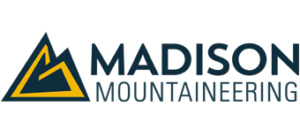


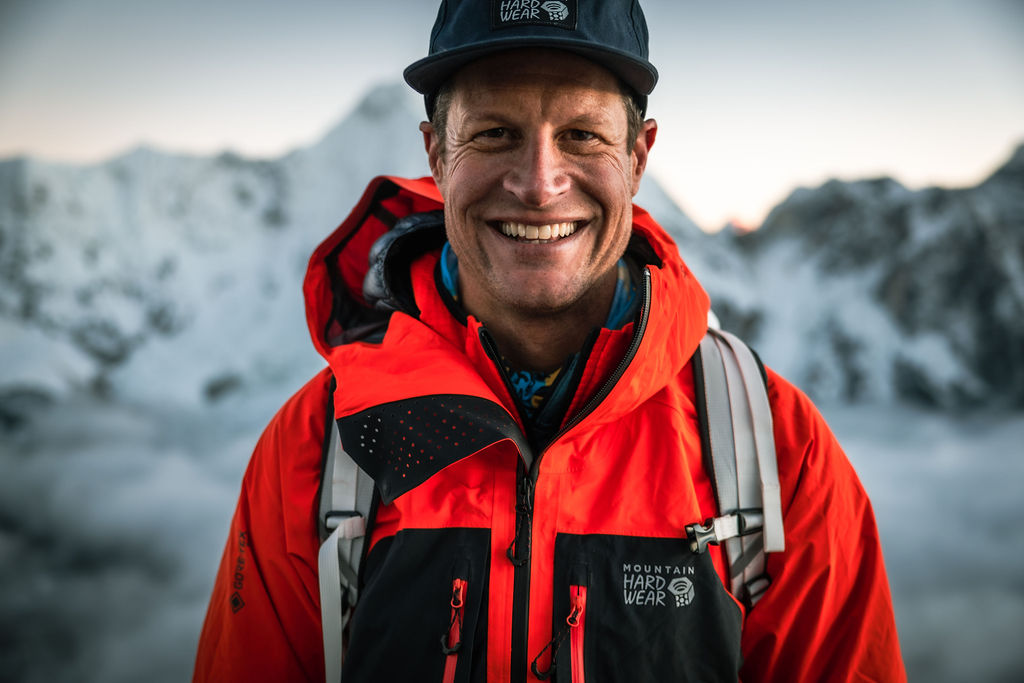
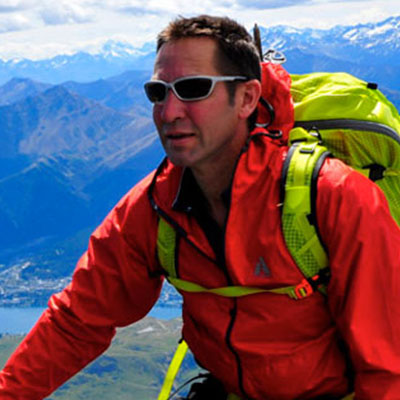
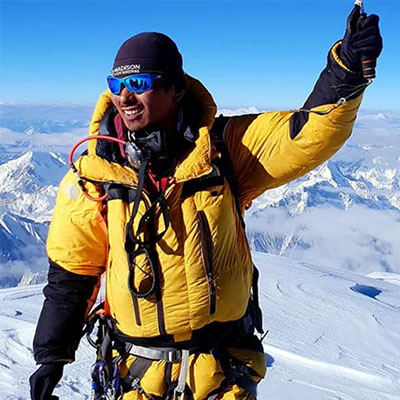
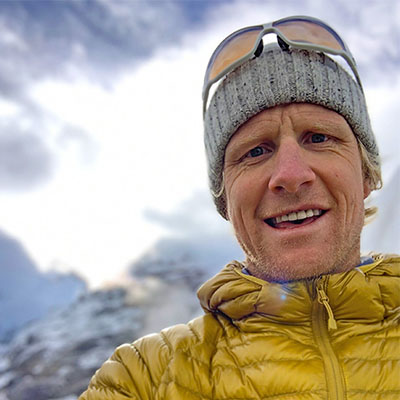

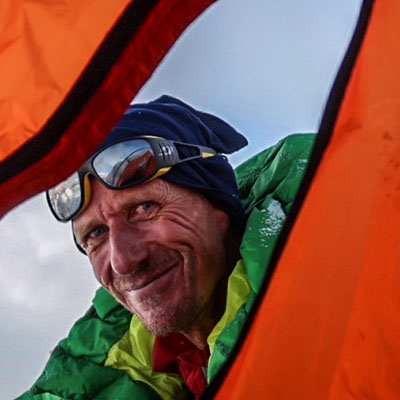
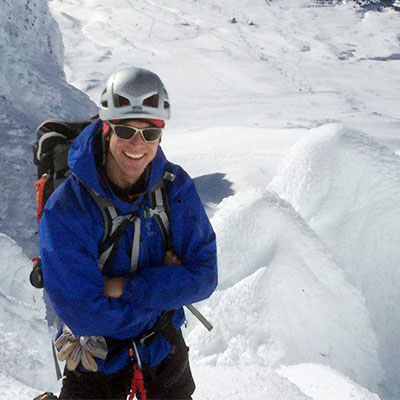
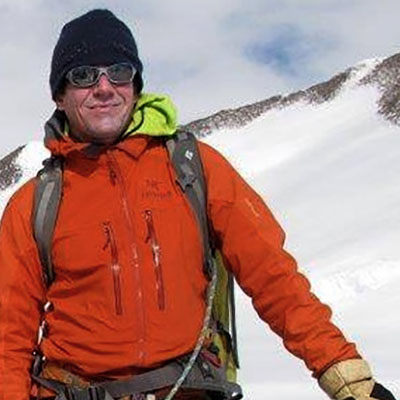
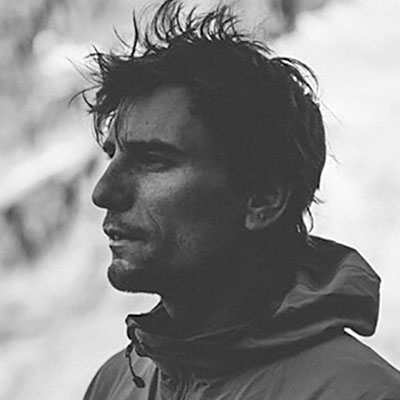
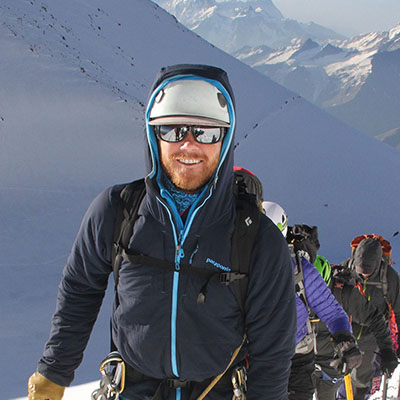
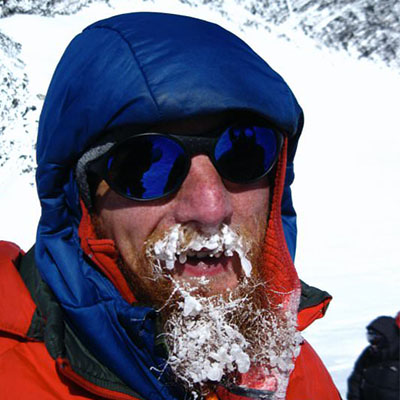
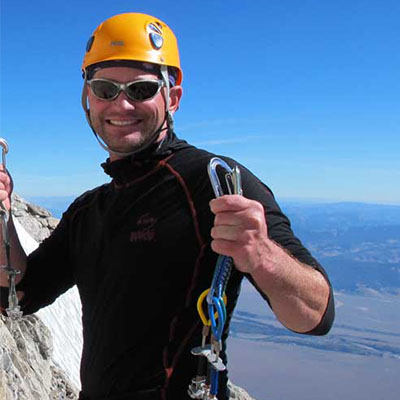
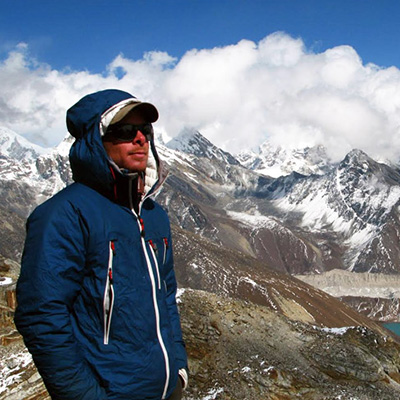
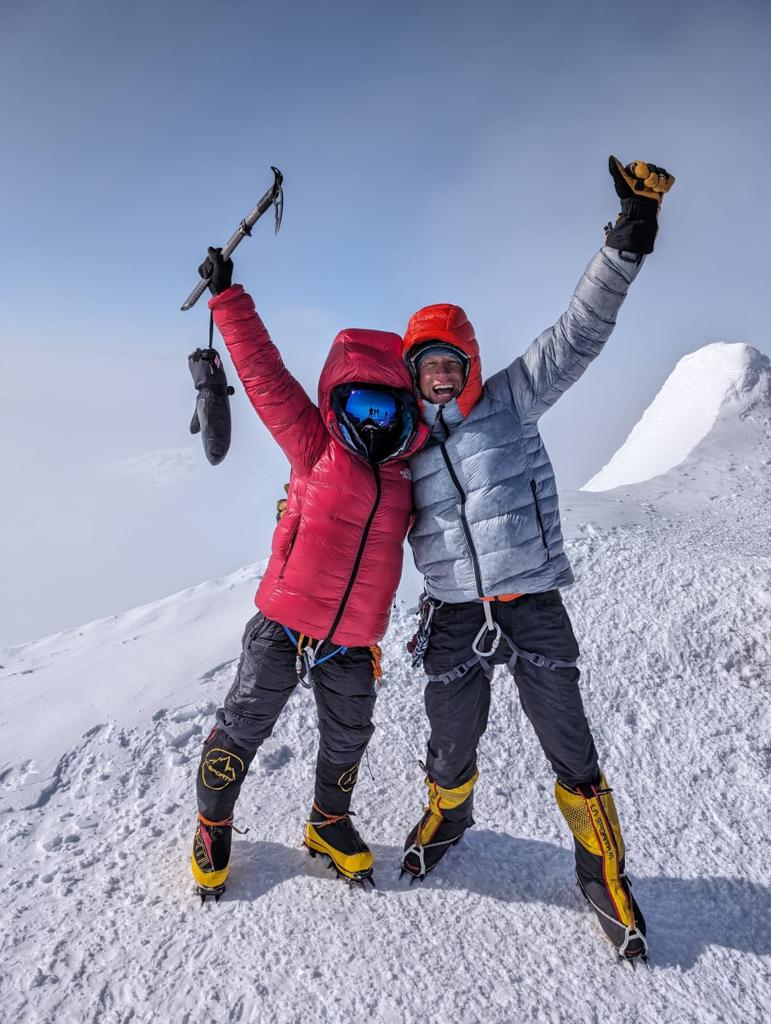
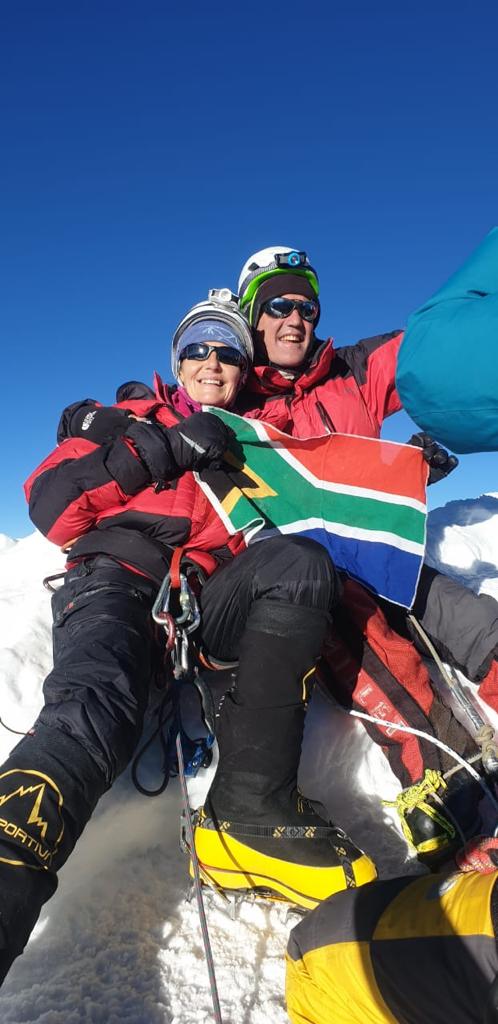
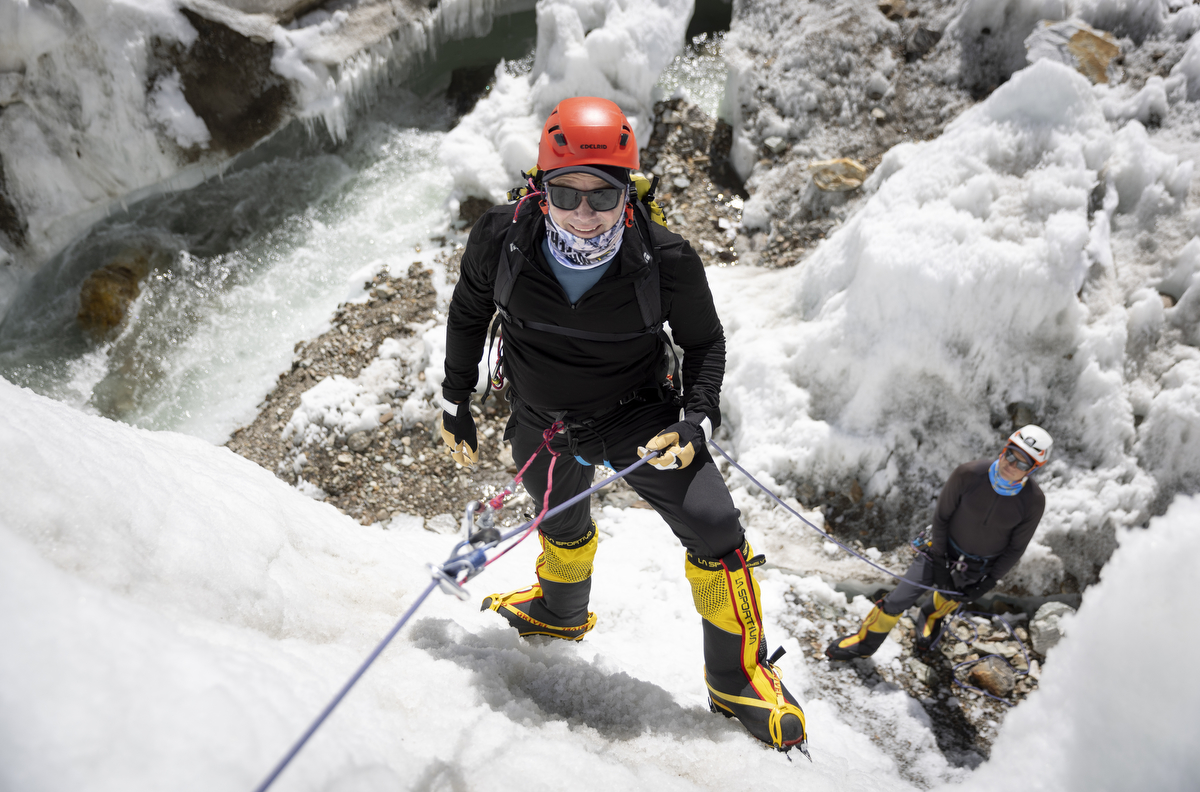
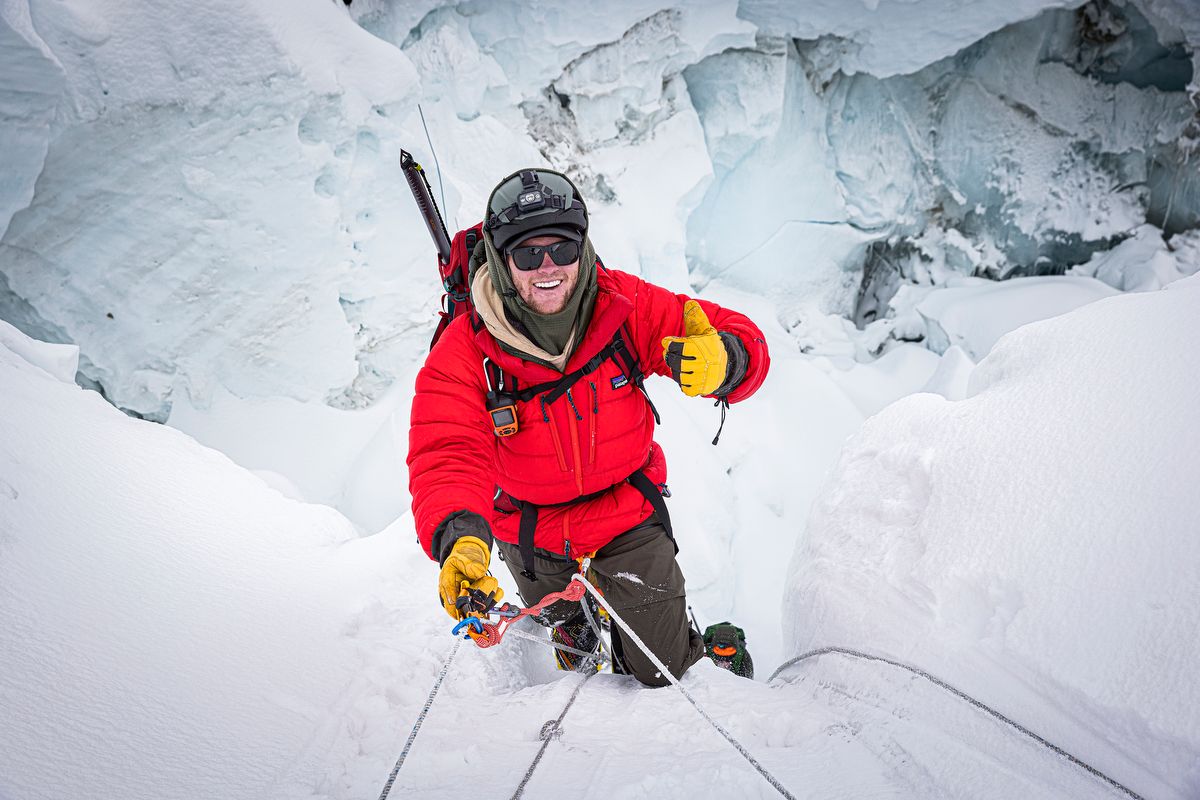
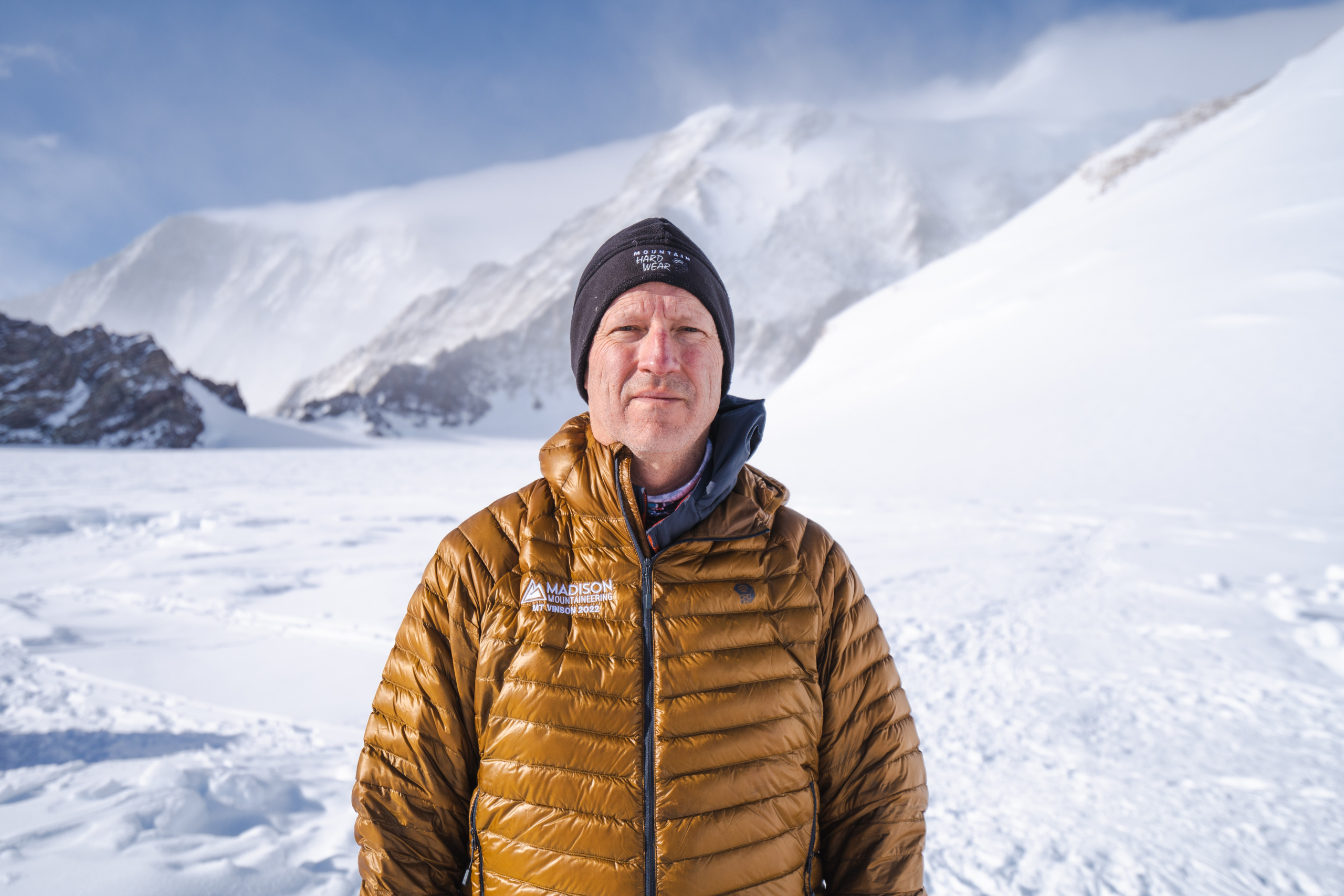
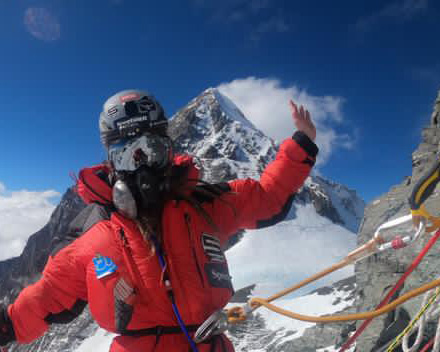
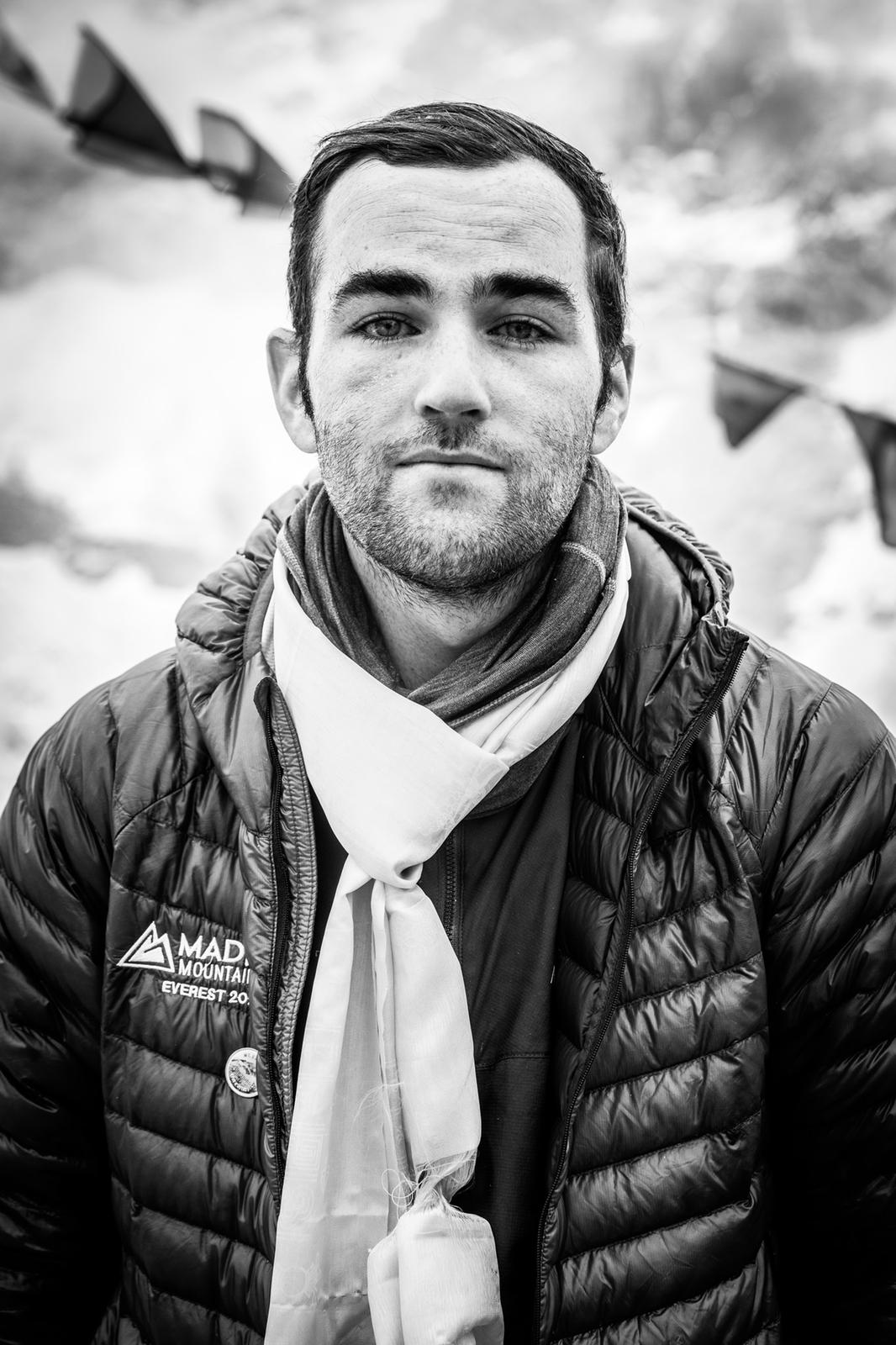
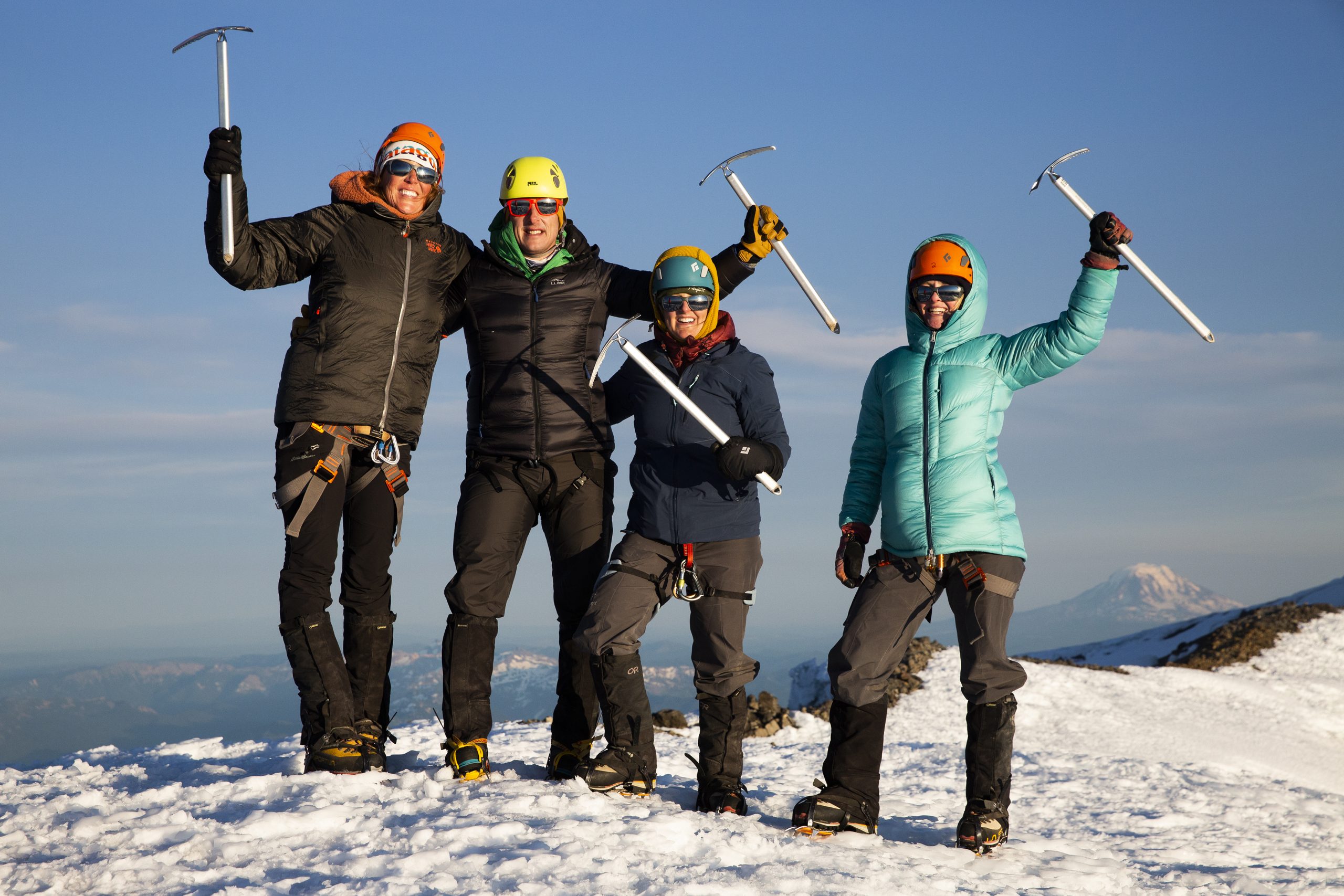
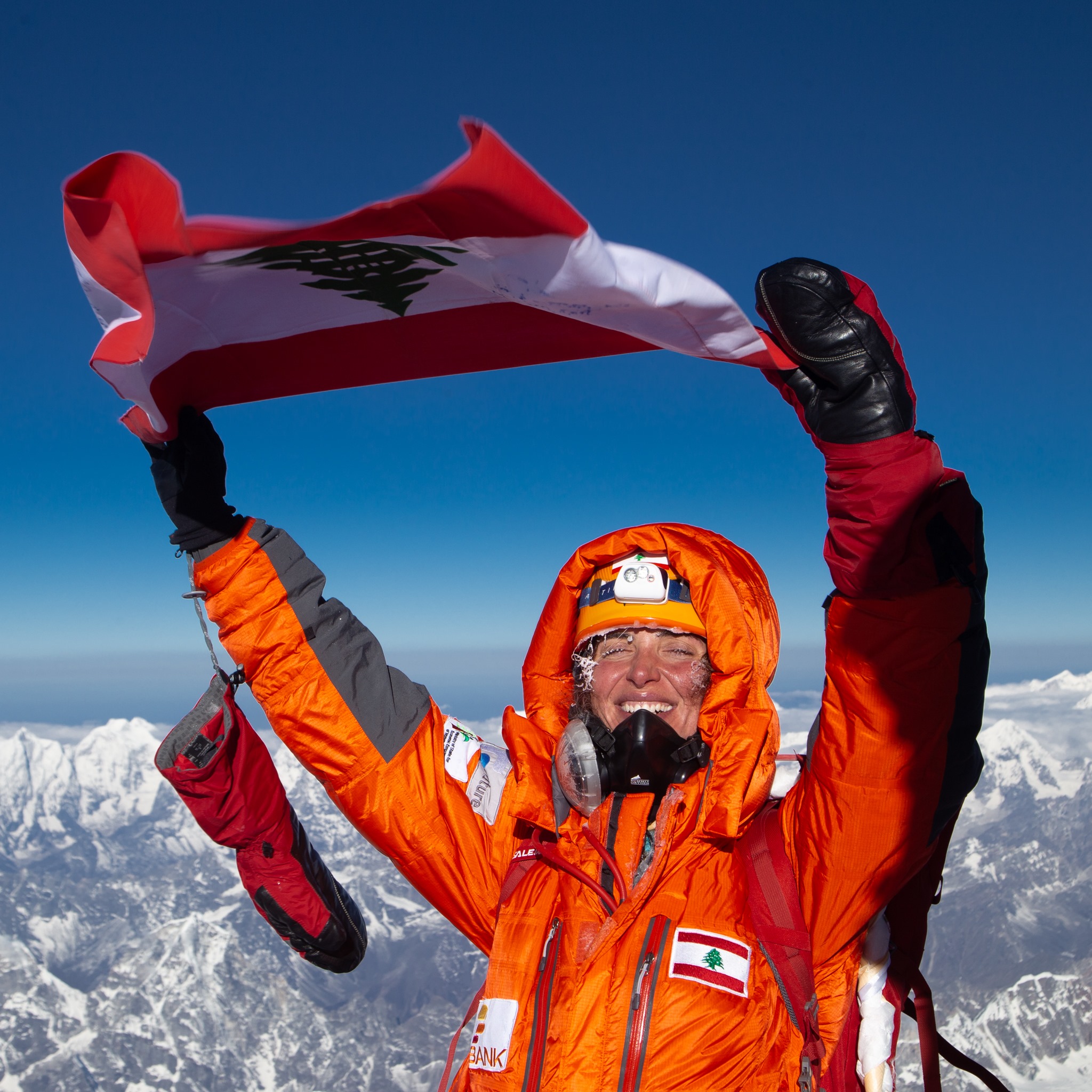
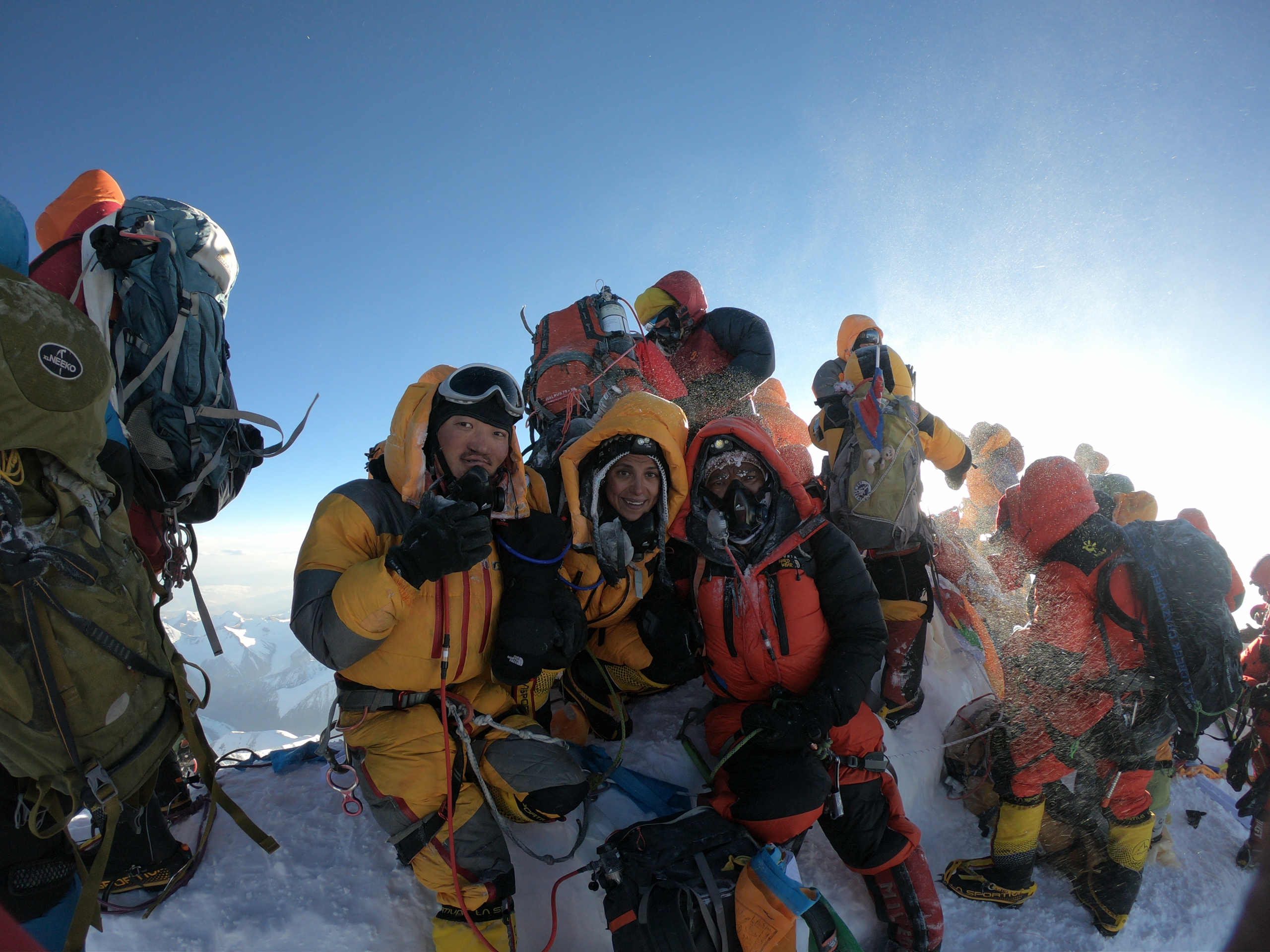
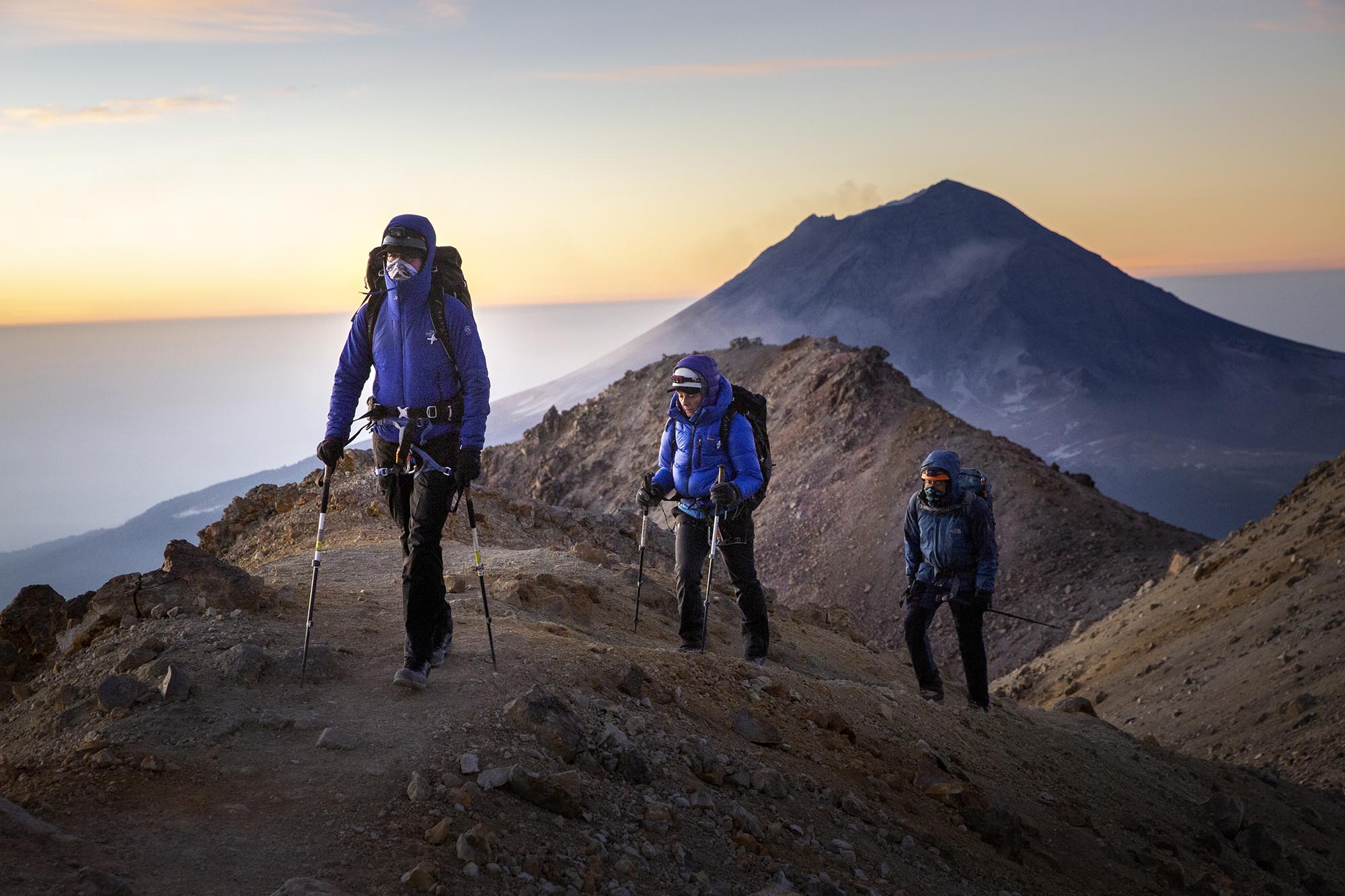

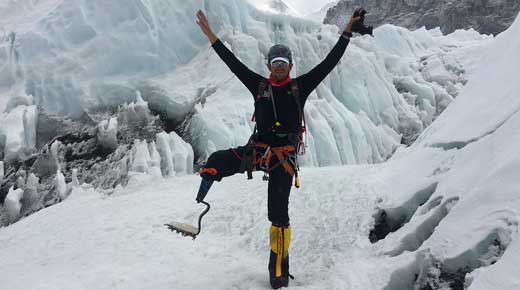
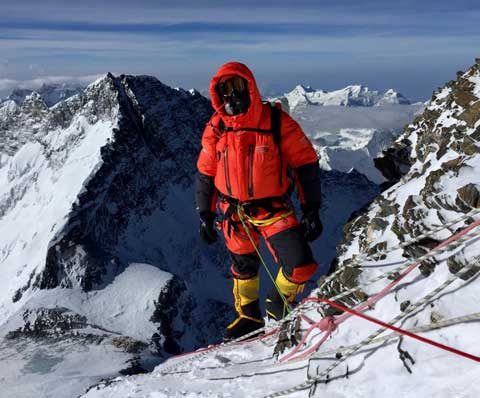
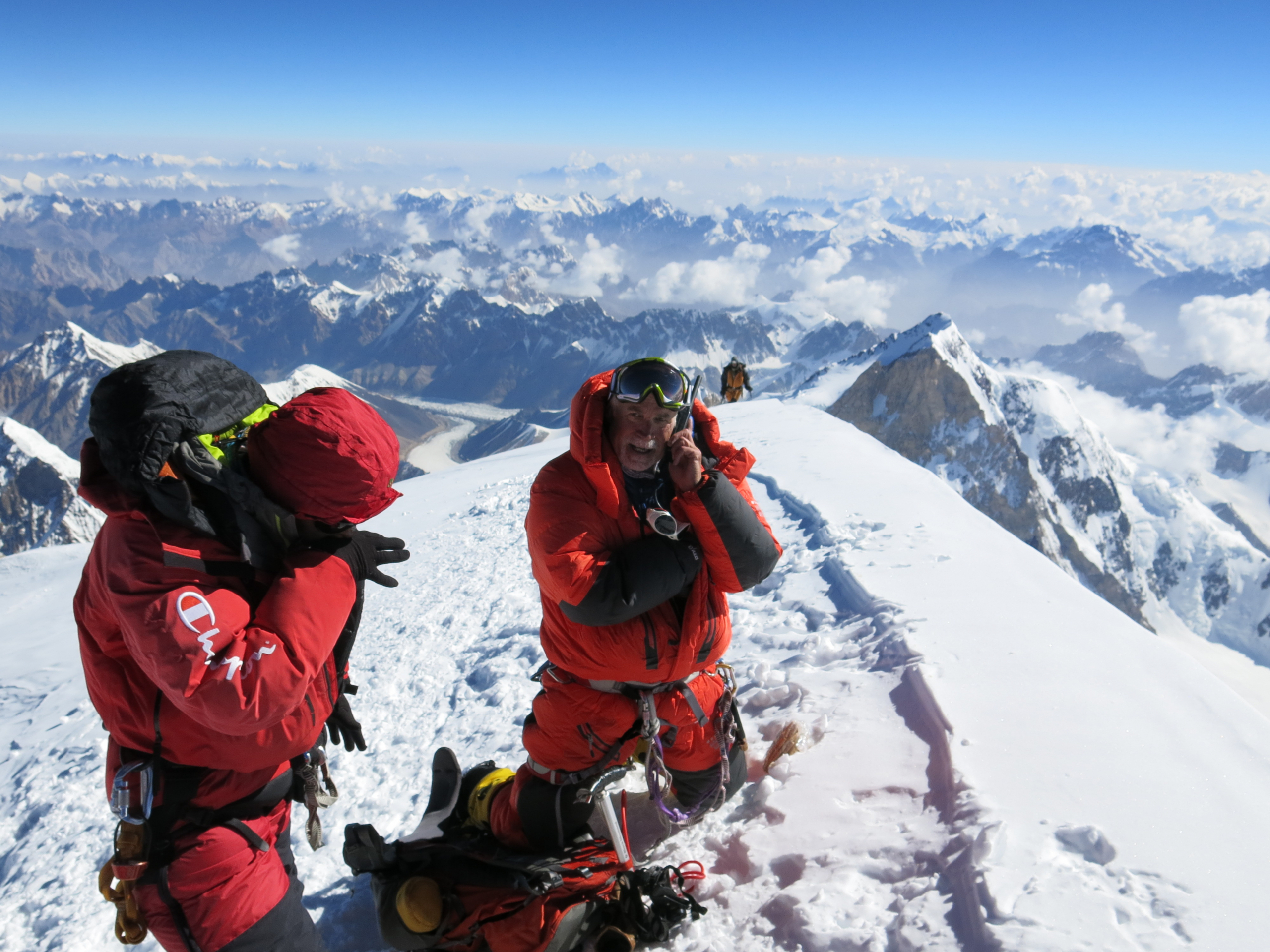
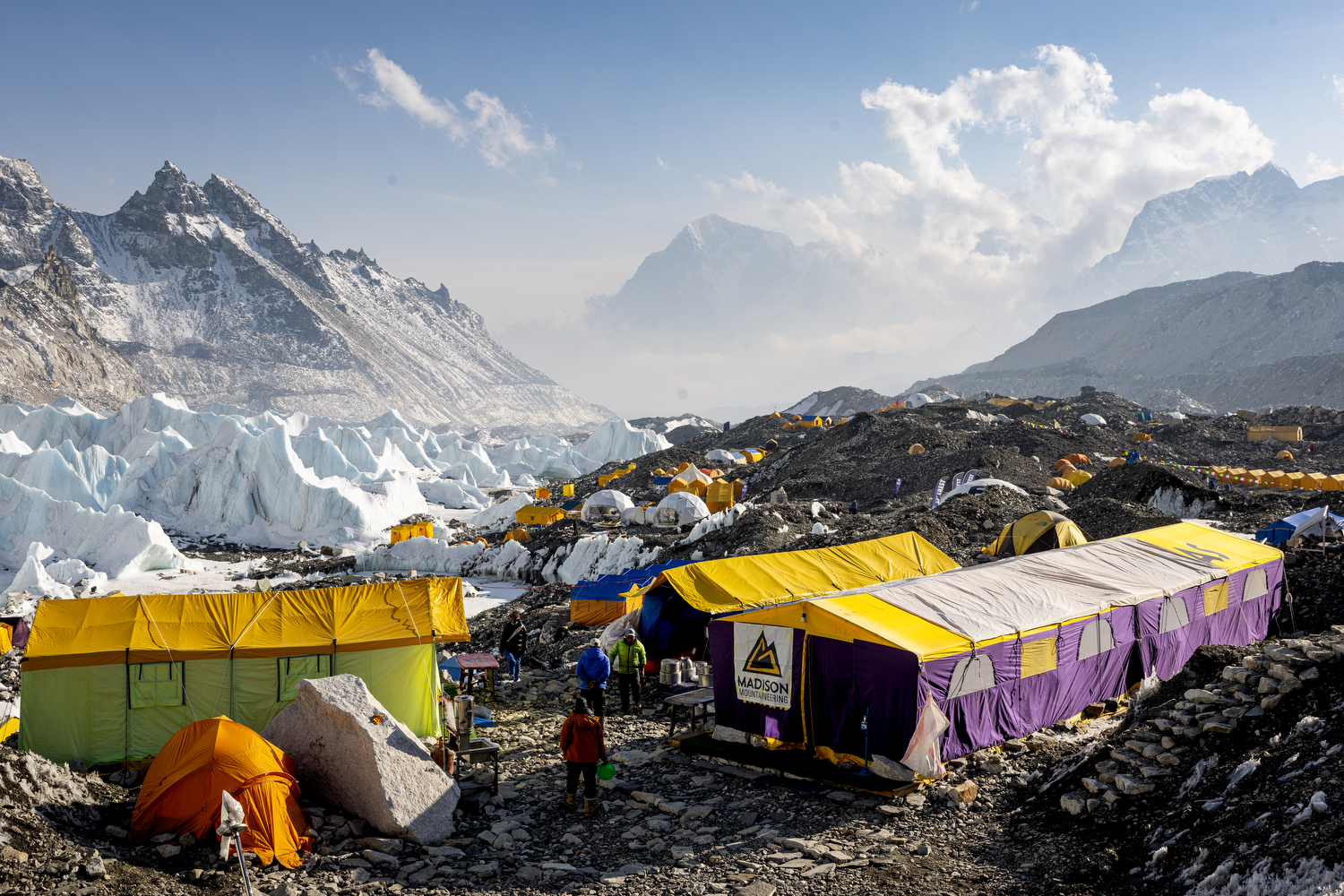
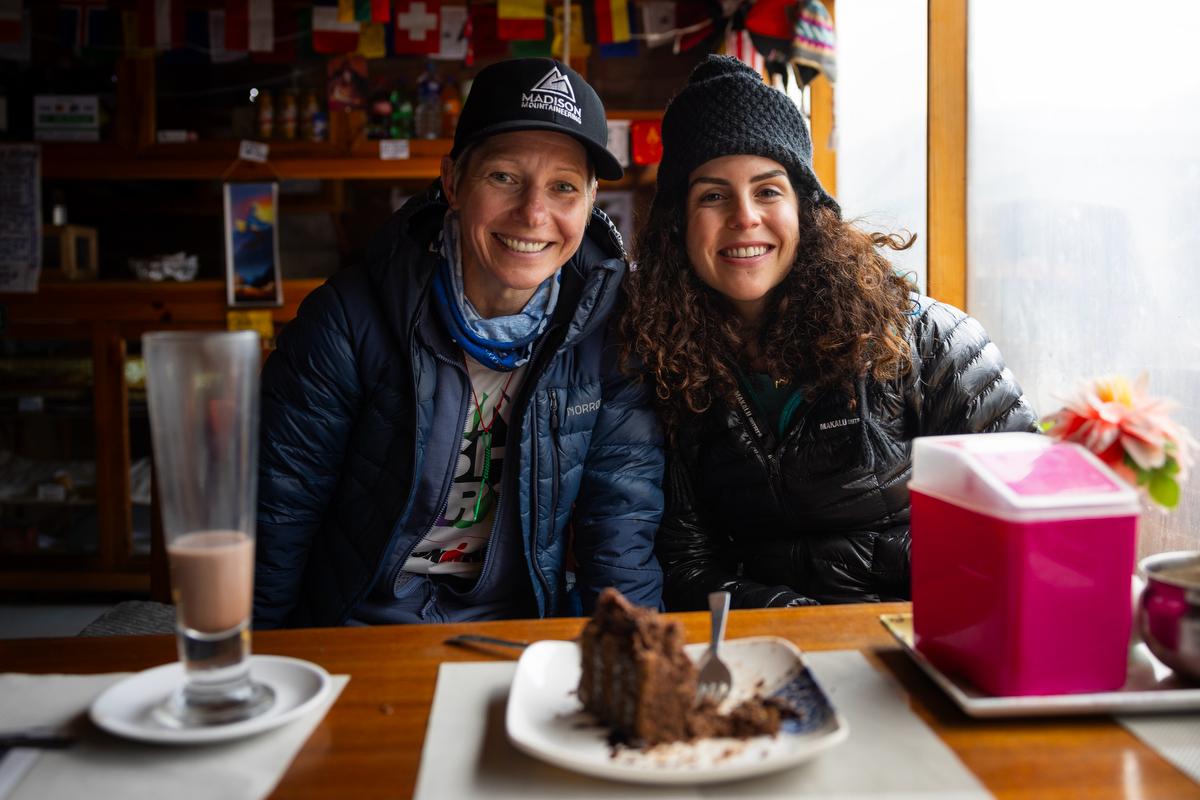
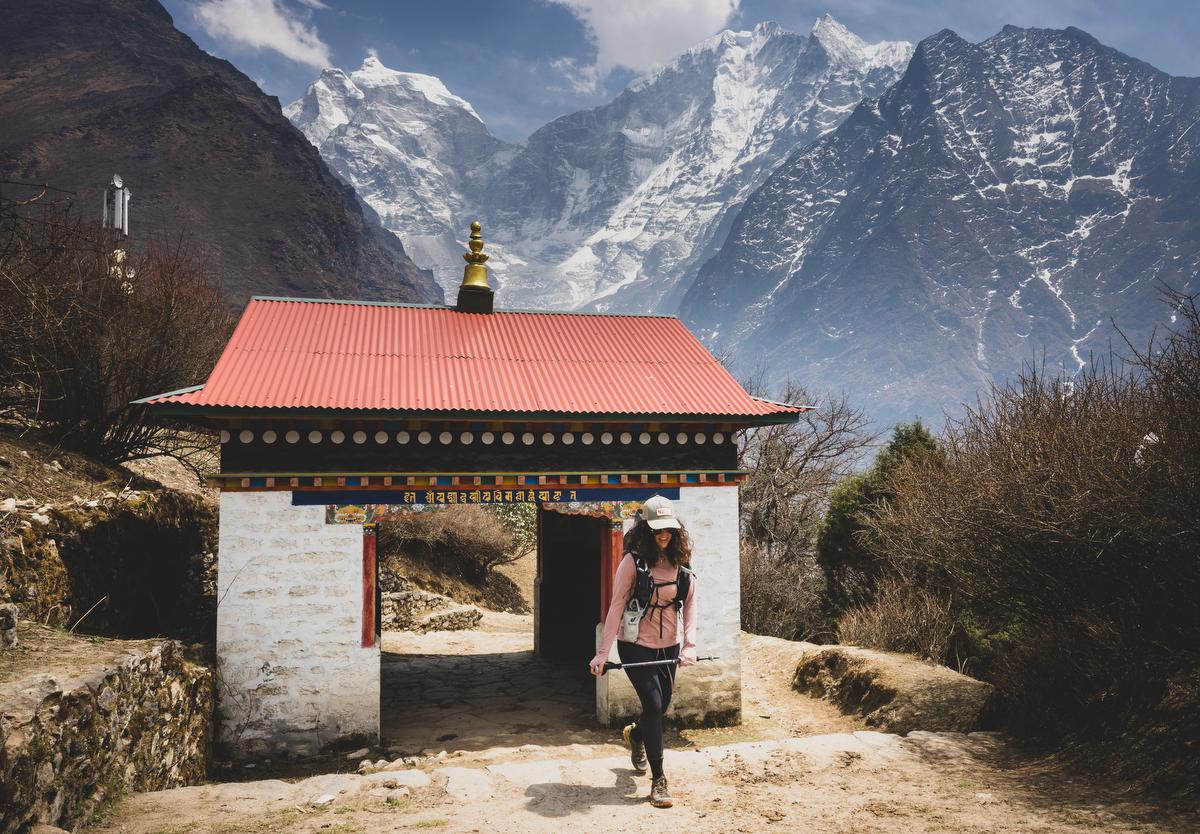
 2019 Terray Sylvester
2019 Terray Sylvester